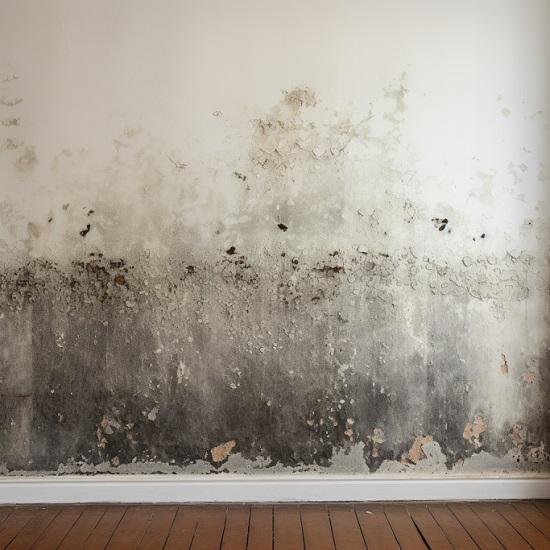Testing Air Quality After Mold Remediation
Testing Air Quality After Mold Remediation
Blog Article
Your Ultimate Overview to Message Mold Removal Strategies
Browsing the realm of post-mold remediation methods is a thorough procedure that demands interest to detail and an extensive understanding of the details entailed. In the after-effects of mold and mildew invasion, understanding exactly how to successfully eradicate the mold and mildew and stop its reoccurrence is paramount for maintaining a healthy interior environment. From selecting the best cleaning and disinfecting techniques to applying methods for long-term mold prevention, each action in the removal trip plays a critical duty in ensuring an effective end result. As we embark on this exploration of post-mold remediation strategies, we will certainly uncover the essential methods and best practices that can help you recover your area to its pre-mold problem and guard it against future mold and mildew risks.
Recognizing Post-Mold Removal Process
After finishing the mold remediation process, it is critical to recognize the post-mold remediation methods that are essential to make sure a complete and effective cleanup. Once the mold has been gotten rid of, the next action entails cleansing and disinfecting the impacted locations to stop any regrowth of mold. This consists of making use of specialized cleansing agents to clean down surfaces and eliminate any kind of remaining mold spores. It is necessary to dry out the location entirely to discourage the development of mold in the future (After mold remediation). Correct air flow and dehumidification can help in this procedure.
In addition, conducting a last assessment post-remediation is important to make sure that all mold and mildew has actually been successfully eradicated. If the assessment reveals any type of lingering mold and mildew, extra remediation might be needed.
Reliable Cleaning Up and Disinfecting Approaches

Protecting Against Future Mold Growth

Value of Correct Air Flow
Proper ventilation plays an essential duty in preventing dampness buildup, a vital factor in mold and mildew development within indoor settings. Effective ventilation systems aid remove excess moisture from the air, reducing the chances of mold spores finding the moisture they need to spread and germinate. Without adequate air flow, interior areas can come to be a breeding ground for mold and mildew, bring about prospective wellness risks and structural damages.
By ensuring proper air blood circulation, ventilation systems can also assist in drying damp locations quicker after water damages or flooding incidents, additionally preventing mold growth. Post Mold Remediation Report. In rooms like washrooms, kitchen areas, basements, and attic rooms where dampness degrees tend to be higher, installing and maintaining effective ventilation systems is important in preventing mold infestations

Surveillance and Upkeep Tips
Provided the crucial duty that appropriate air flow plays in stopping mold growth, it is critical to establish effective surveillance and upkeep tips to guarantee the continued performance of ventilation systems. Surveillance humidity degrees within the residential or commercial property is also critical, as high moisture can contribute to mold growth. By staying proactive and mold removal for cars attentive to the condition of air flow systems, building proprietors can effectively mitigate the threat of mold regrowth and keep a healthy indoor atmosphere.
Verdict
In conclusion, post-mold removal methods are necessary for guaranteeing a clean and secure atmosphere. Understanding the process, carrying out efficient cleansing and decontaminating techniques, protecting against future mold and mildew growth, maintaining proper ventilation, and normal monitoring are all crucial steps in the removal process. By following these standards, you can effectively remove mold and avoid its return, functioning or advertising a healthy living space for all occupants.
In the results of mold invasion, understanding how to properly get rid of the mold and mildew and prevent its reoccurrence is vital for maintaining a healthy and check my reference balanced interior atmosphere. As soon as the mold has actually been removed, the next step includes cleaning and sanitizing the affected locations to protect against any kind of regrowth of mold and mildew - testing air quality after mold remediation. After getting rid of noticeable mold growth, it is crucial to clean up all surface areas in the afflicted area to remove any type of staying mold and mildew spores. To better improve mold and mildew prevention measures, it is crucial to resolve underlying problems that originally led to mold and mildew advancement.Offered the important duty that proper air flow plays in protecting against mold and mildew growth, it is crucial to establish effective monitoring and maintenance tips to ensure the ongoing functionality of ventilation systems
Report this page